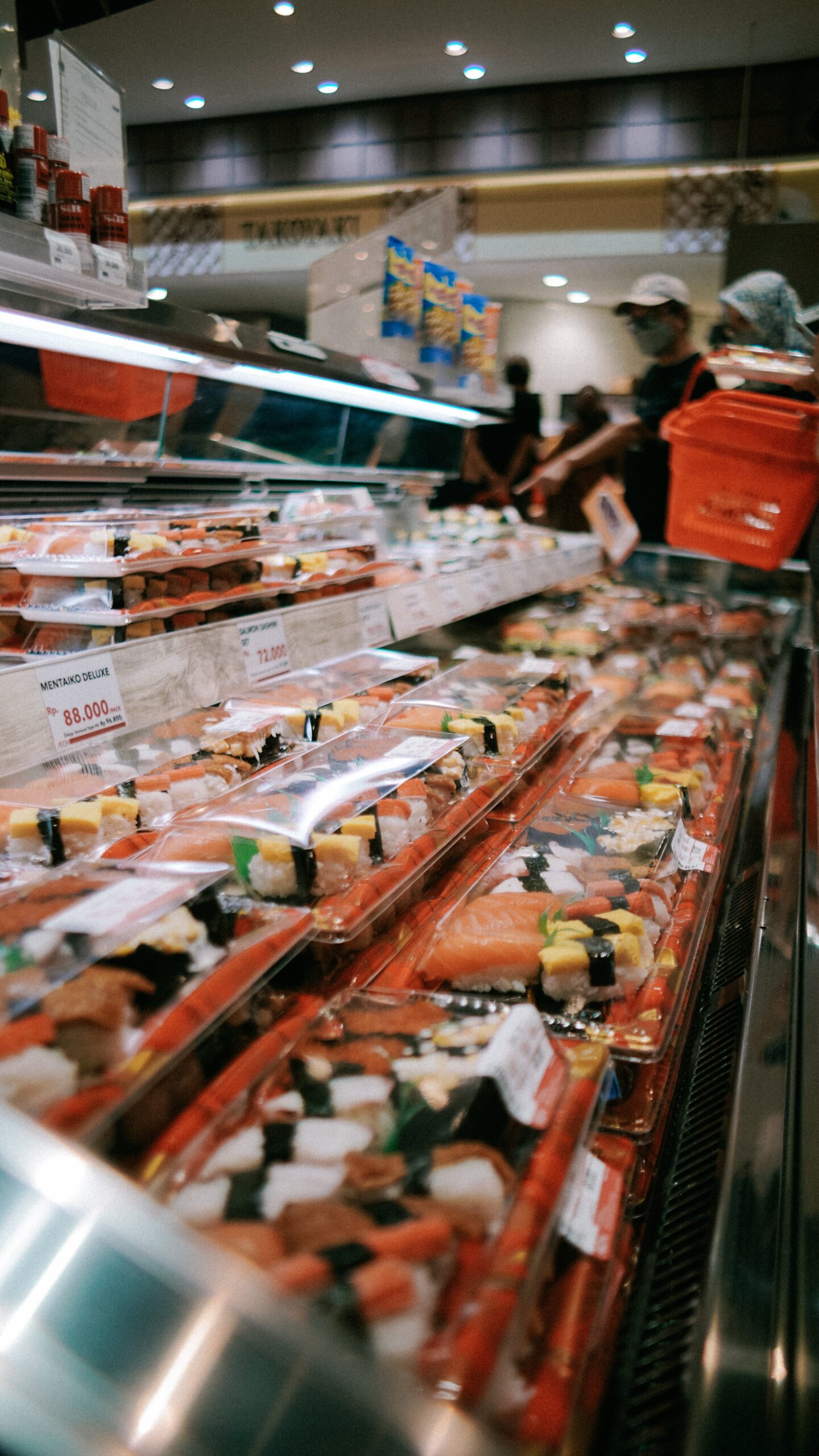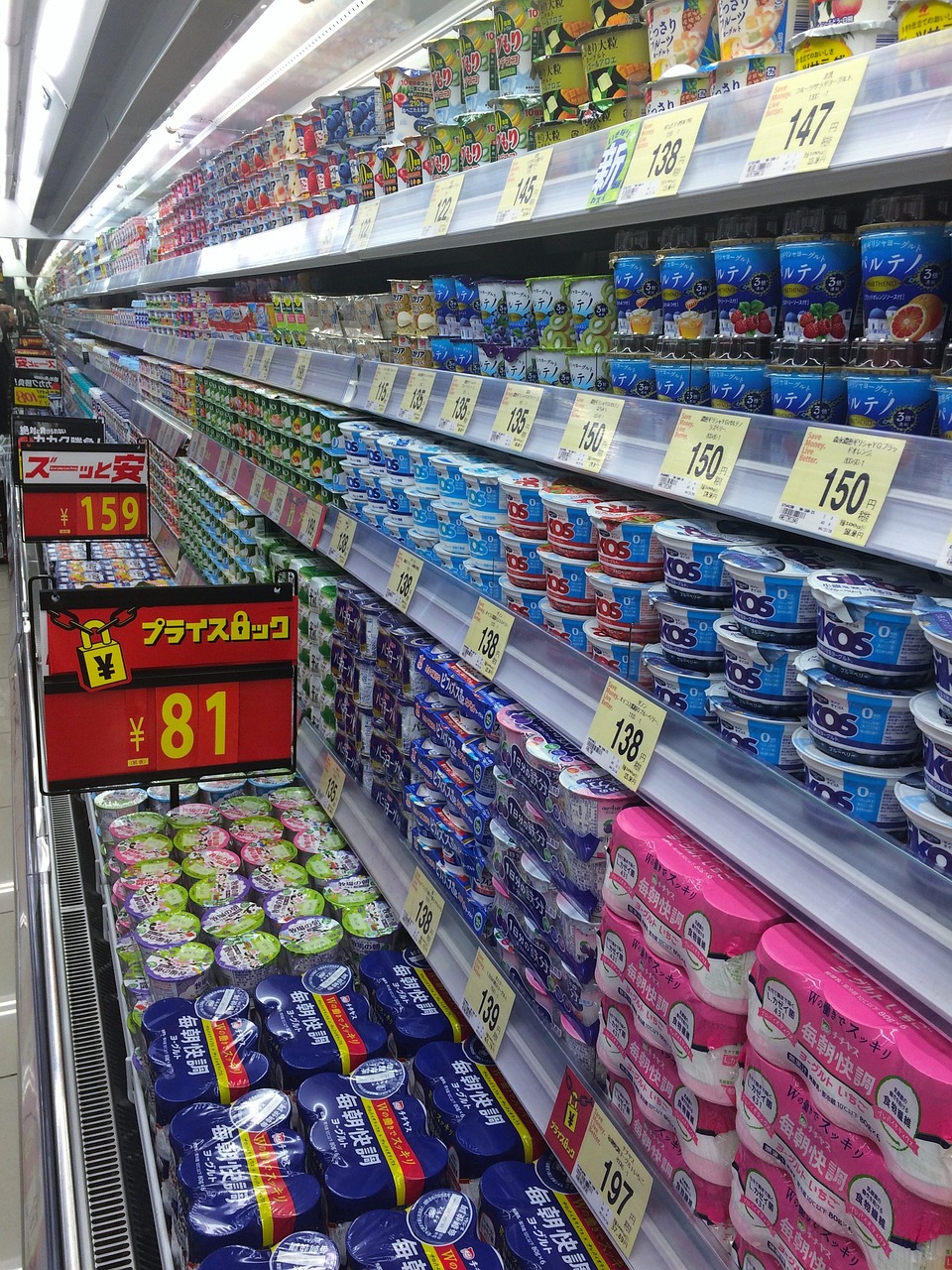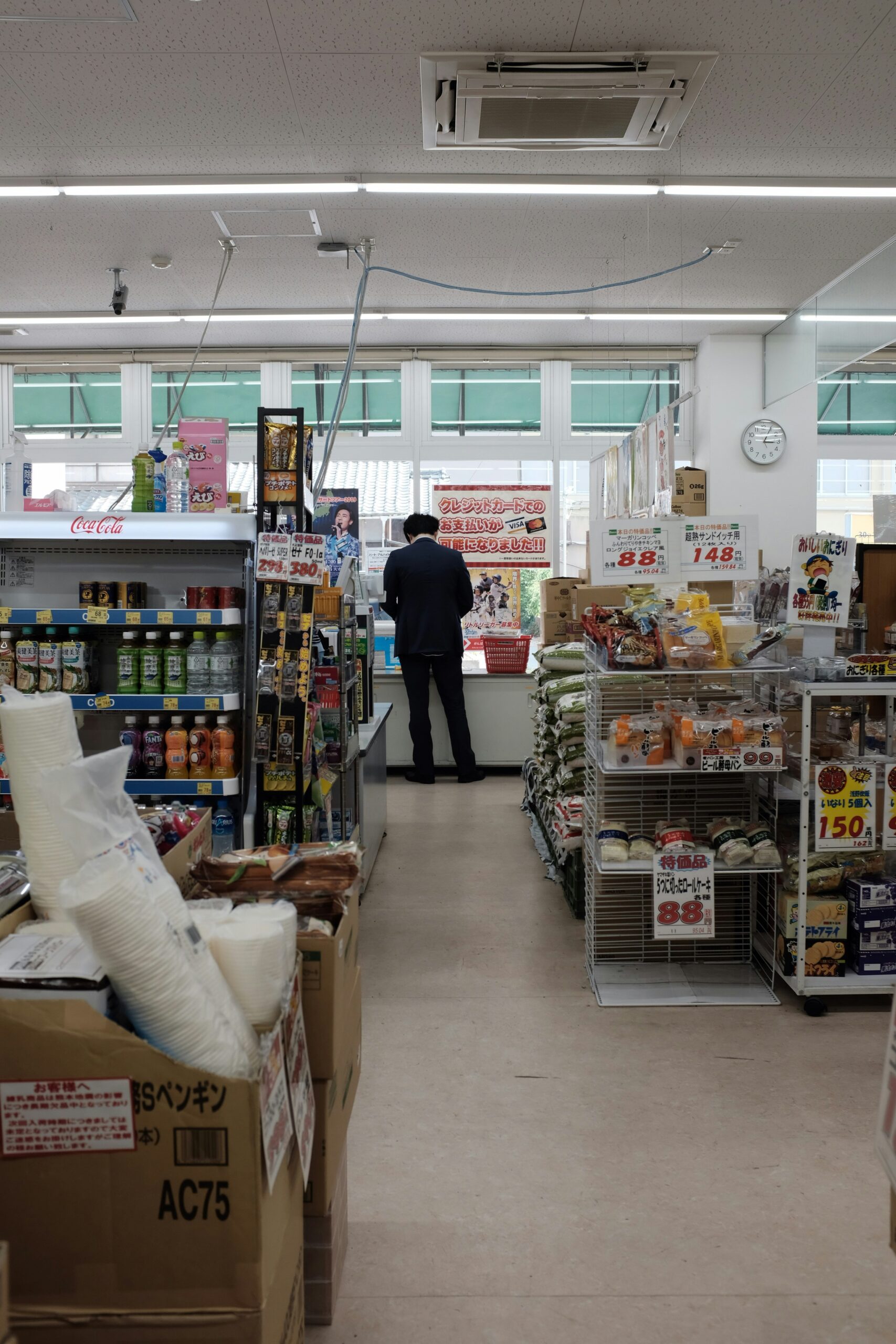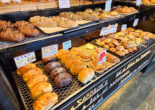If you rent a room and need to cook for yourself, you quickly find out that the most cost-effective way of buying the food you need is the local supermarket. Find out what chains there are around Tokyo, and what you should expect to find there – and what you will not find.

Which Supermarket Chains Can You Find In Tokyo, And How Are They Different
It does not take very long to discover that the best sources of cheap and convenient food are neither one of the thousands of restaurants that you can find almost anywhere in Tokyo; or the convenience stores that sell almost anything you need in your daily life (and some things you did not know you would need). Neither is it the specialist stores, even though you can still find both butchers and greengrocers in many Tokyo neighborhoods, and their quality is a great deal higher than anything else around – even if the prices are, too.

The best, or at least the most cost-efficient, way of filling up your stomach without extensive preparations is to go to a grocery store.
Agreed, this may feel like a no-brainer; but with Tokyo offering such a multitude of great and cheap restaurants, you may be excused for not wanting to live like a backpacker and eat at a new restaurant every day. However, even in Japan, daily restaurant for three meals a day visits will not come cheap (and inflation is increasing prices). Besides, try finding a restaurant that serves simple things like oatmeal or cornflakes with milk for breakfast. There are none.
But both cornflakes – and any number of cereals – and milk, or yoghurt if you prefer, are available in the supermarkets. Actually, there will be a long shelf with different kinds of milk and another one of yoghurt. Just make sure that you get 100% milk (牛乳 in Japanese).
The milk and cereals may not quite be what you are used to, as cereals in Japan are made in Japan and a lot less sweet than cereals in many other countries. They also tend more towards full-grain types, like muesli, than corn flakes and baked preparations like fruit loops. But they do have oatmeal if you want something familiar. You probably have to cook it yourself, though.

Milk and cereal are only two of the daily necessities you can find in a Japanese supermarket. Most supermarkets have a bewildering array of goods on offer. There will be huge chilled and frozen sections for meat, fish, and seafood; entire shelves filled with nothing but natto and tofu; whole departments with dried seaweed (konbu, wakame, and nori); and row after row of soy sauce and more exotic variants, like the thick vinegary sauce used with okonomiyaki (think ketchup without tomatoes).
But regardless of which supermarket you enter, there will also be vegetable departments that would make a French market square proud, as many kinds of pasta as in an Italian corner store; bread that would pique the curiosity of a German baker. The only thing Japanese grocery stores are traditionally bad at is the cheese section, not because it is small but because the selection is heavily biased towards cheese for use in cooking. Cheese has still to make it to the center of the Japanese table.

But even though they all have roughly the same sections, there are huge differences between the Tokyo supermarket chains you will encounter as you walk around the city. For starters, some of the chains are big enough to have their own private brands – some of them, like Life and the Aeon TopValu brands, consistently win first place in consumer rankings. The private brands usually appear on medium-priced goods, like sausages, cereal, and bread, all of which sell well but are not famous enough that the consumers will prefer the known brands, nor cheap enough that brands are irrelevant, like vegetables.

There is one other major distinction: Some grocery stores are hardly larger than a convenience store, but will not have the wide assortment of Tokyo convenience stores. Supermarkets in Tokyo are focused on groceries, which includes ready-made meals; just like the convenience stores, the Tokyo supermarket bento lunch boxes are produced in huge factories on the outskirts of the cities and trucked in with other deliveries – although large supermarkets may have their own kitchens. If they do, they can produce their own bento, as well as many different types of cooked food. Supermarket-made sushi is as tasty as that in any kaiten-zushi chain, but much cheaper. Especially the rolls are worth trying. But the kitchens can also make many other kinds of food, from croquettes to yakitori (although those are always better freshly grilled).

All supermarkets also help you save money in a maybe unexpected way: There is a sale on products which are about to pass their expiry date. For fresh products, this is usually a cart or gondola in the store. For bento, attendants will mark down the price a couple of hours before closing time. The markdown can be quite substantial – commonly half-price – and since the food has not passed its expiry date, this can mean saving quite a lot of money on your food budget. While eating the same quality.
Maretsu Petit and Aeon MyBasket are the two brands that appear most often as you walk around the back streets of the near Tokyo suburbs. The stores can be small enough to squeeze into a residential building, which means they do not have the wide assortment of products that bigger stores will have, yet be much more convenient. And crowded, since they have to squeeze in most of an ordinary grocery store on a minimal space. You may also see a YorkMart, which is a bigger brother of 7-11 and run by the same company which operates the grocery stores.
If you are Japanese-challenged, it might help to look for 7-11 stores, or stores belonging to the same company. They have had campaigns to hire non-native Japanese, as labor is hard to find; the staff only has to know basic Japanese to run the store, but they will know English as they are of foreign extraction, and that can be a lifesaver for a shopping tourist.
The other type of grocery store you are likely to encounter are much bigger and would put a Sainsbury, Stop & Shop or Aldi to shame. You find them where the dense concentration of inner-city Tokyo starts breaking up into single houses, interspersed with gardens, parks, and the occasional vegetable field. These stores appear all the way until greater Tokyo merges into the surrounding prefectures, where the local area chains are taking over.
Typically, they are a huge free-standing building, usually square, featureless and with one floor only. There is more often than not a huge parking lot, as shoppers come with their cars; even in the near suburbs of Tokyo, distances may be large enough that you do not want to walk with a shopping cart full of bread, milk, eggs, and tofu. Especially not when it is raining, and during the hot summer days when an extended walk with your groceries might lead to the milk being spoiled and the eggs fried in their shells.
The most common stores in this category are Life, Ito-Yokado (operated by the same company that runs the 7-11 convenience stores, and featuring the same brands), and Seiyu, operated by the Seibu Railway company, and loosely associated with WalMart in the US – some of the things you find in the stores even have the WalMart brand. Other common grocery stores are Summit (written in Japanese, サミート), and Inageya (いなげや). The private railway companies, like Tobu and Odakyu, also often operate grocery stores close to or inside their stations.

There are also other grocery stores you will find in the shopping complexes surrounding the stations, usually at the bottom floor, even though they are not associated with the train companies. Aeon and Daimaru Peacock are two chains you will find here, usually because there is a Daimaru or Aeon department store in the same shopping complex. Another grocery store brand you will frequently find in stations is Seijo Ishii, which is more focused on specialty groceries and delicacies than ordinary grocery stores. Prices are correspondingly higher, but there is a chance that you will actually find things from your home country, even if it is just a bag of crisps.



